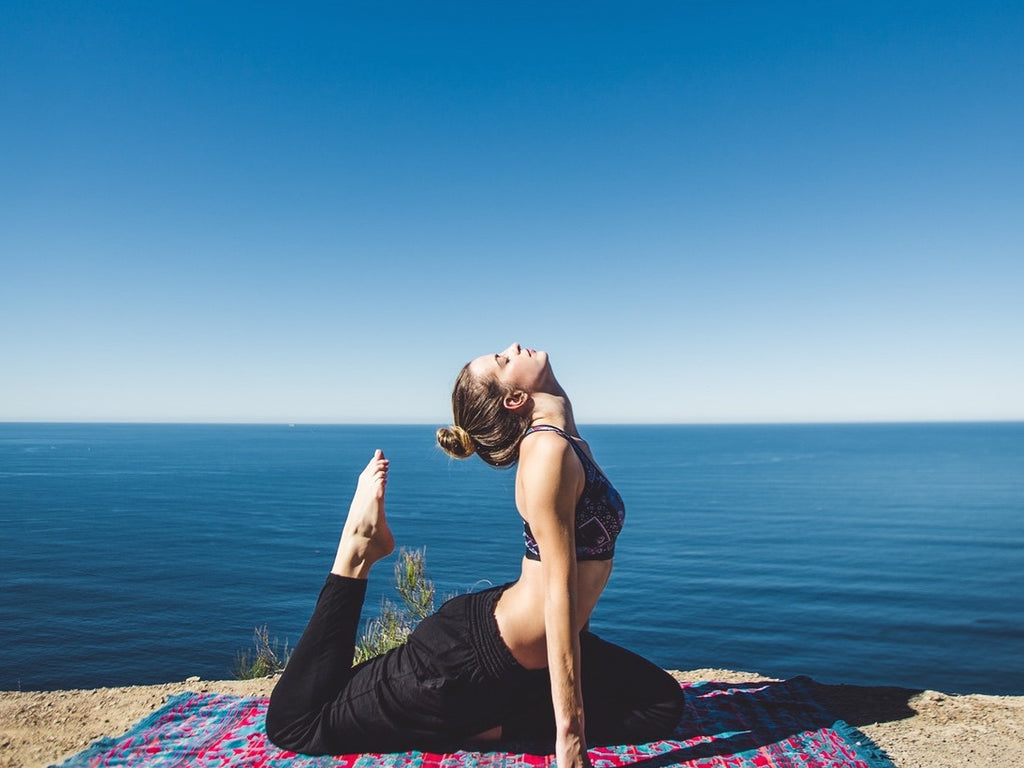
The Kind of Stretching That Won't Stretch You Much
Several months ago, The New York Times published a piece on stretching. As stories about stretching often go, the article brings a common misconception to the fore. The article was about the growing popularity of fitness studios that focus on stretching in general, and specifically, how it is important to balance flexibility with strength in these days of so many high-intensity, body-pounding workouts.
The studios featured had the same approach in common. That is, in each case, you had to be stretched. In other words, stretching required help from another person, which is fine, again, especially in light of the current trend in high-intensity fitness classes and programs. But, as a matter of analysis, “hands-on" stretching is very different from “hands-off” or self-stretching, a distinction that has great impact on results. Or, another way to think about it is that hands-on stretching is more like a massage – two people, one manipulating the other.



Photos: The New York Times
I am a dancer. I have the mind of an athlete, which is one that is laser-focused on results. But it is also an understanding about how the relationship between mind and body works. This means that for a body to enjoy any level of athleticism, it must be independent. Fit, capable, healthy bodies must learn to "do the work," without assistance, which means without depending on something or someone else.
Assisted stretching, like the kind referenced in the article, where one person pushes another into a position, won’t actually increase your flexibility. It feels good and it’s relaxing but it doesn’t allow your body to hone flexibility as a skill, that is muscular in nature and developed over time, like strength, heart health, agility, etc... This is because someone else is moving you. Like any skill in life, physical or otherwise, if someone does the work for you, you’ll never find what you need from within, and in turn, learn how to do it for yourself.
If you workout - running, weight lifting, yoga, rock climbing, dancing, whatever – most likely you do so using certain techniques. There is always some sort of form involved. But this is not true for stretching and flexibility. And that’s odd. Technical principles apply to every kind of craft, sport and art. But curiously, not when it comes to learning how to stretch, despite the fact that flexibility is considered an equal third of a triad that balances cardio with strength to create optimal health.
People who aren’t flexible assume they were born that way, but more often than not, this is not true. What’s true is that ideas of stretching have been confused and basic principles of flexibility, ignored.
Read more about independent stretching versus self-stretching in one of my earlier posts, Don't Let Someone Do it For You.
Lastics is the only stretching method with transformational techniques that teach you how to significantly & safely improve your flexibility. Born from the world of dance and made for all levels, Lastics Stretch is loved by everyone!
RECENT ARTICLES
-
The Difference Between Stretching and Being Stretched
-
Your Arms Are Your Secret Weapon for Achieving Splits
-
How Often Should I Stretch?
-
Novel Exercises For Hip Pain
-
Fibromyalgia, Oxalates and Unexplained Pain
-
Muscles Present A Curious Dichotomy That Can Inform Your Exercise Routine
-
If You Want to Increase Your Flexibility, Assisted Stretching Won’t Do It
-
Why You Stretch and Don’t Gain Flexibility
-
How Long To Hold A Stretch and It's Not 30 Seconds
-
This Is How To Increase Your Flexibility


Comments
Donna Flagg
November 16 2017
Oh, don’t get me wrong. I LOVE assisted stretch (and Thai massage). It’s just about understanding the benefits of each and knowing what to expect :) Thanks for reading and contributing!
Jayze Leekohsu
October 27 2017
I agree with your idea about that the body have the ability to correct itself by doing self stretching. You are better with your body because you are a dancer and most probably have a good teacher and started young. another thing is genetically maybe your adaptationg and compensationg from your training is better. Assisted stretching have it’s own group as well and may not work with people like you. Though the years our generation is different. there is more people seating that before and they lose theirn pattern of movement and may complicates faster than what everybody expect. Assisted stretching work on the speed to guide the neuromuscular ability to regain back what the body loss. this is common with people who are not active or just under general poplulation.